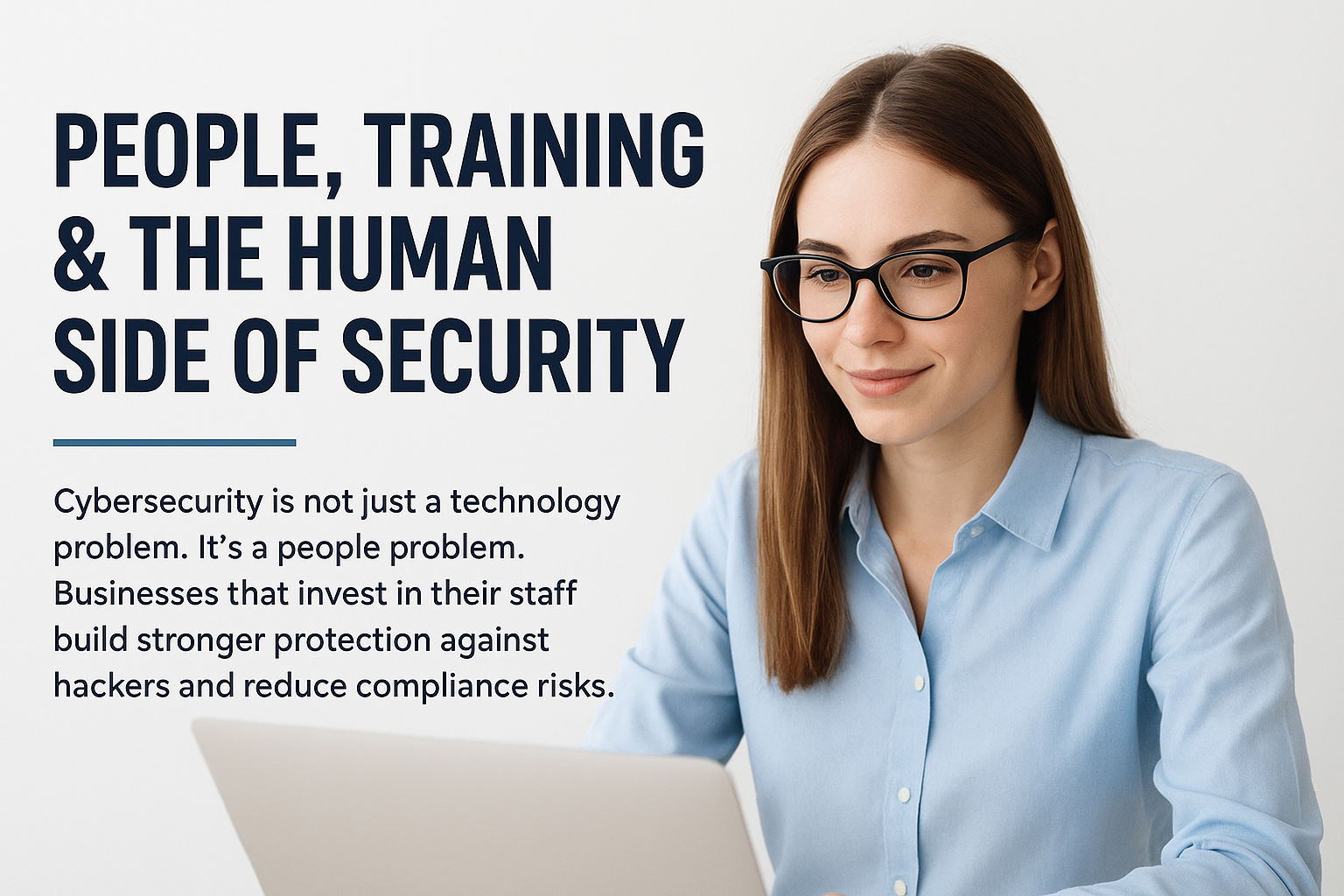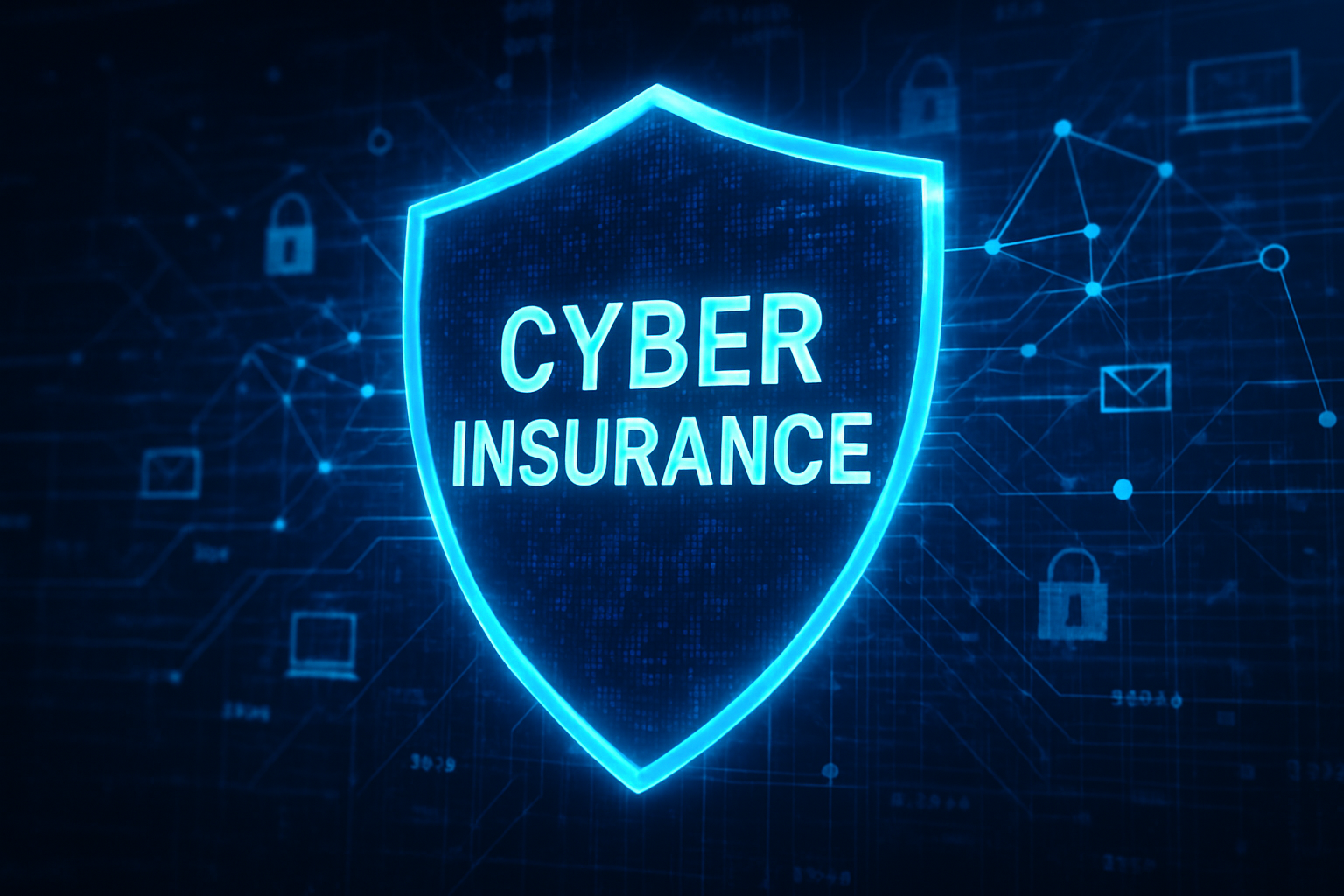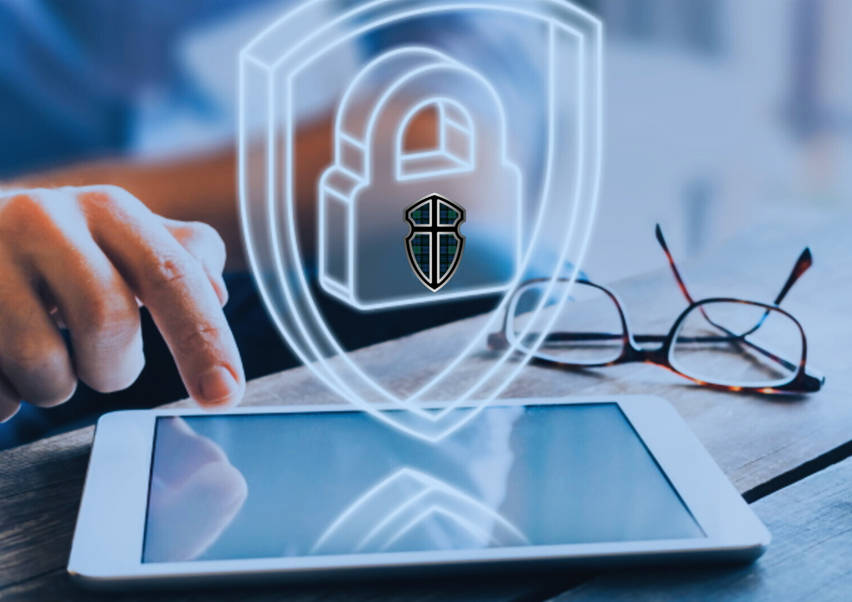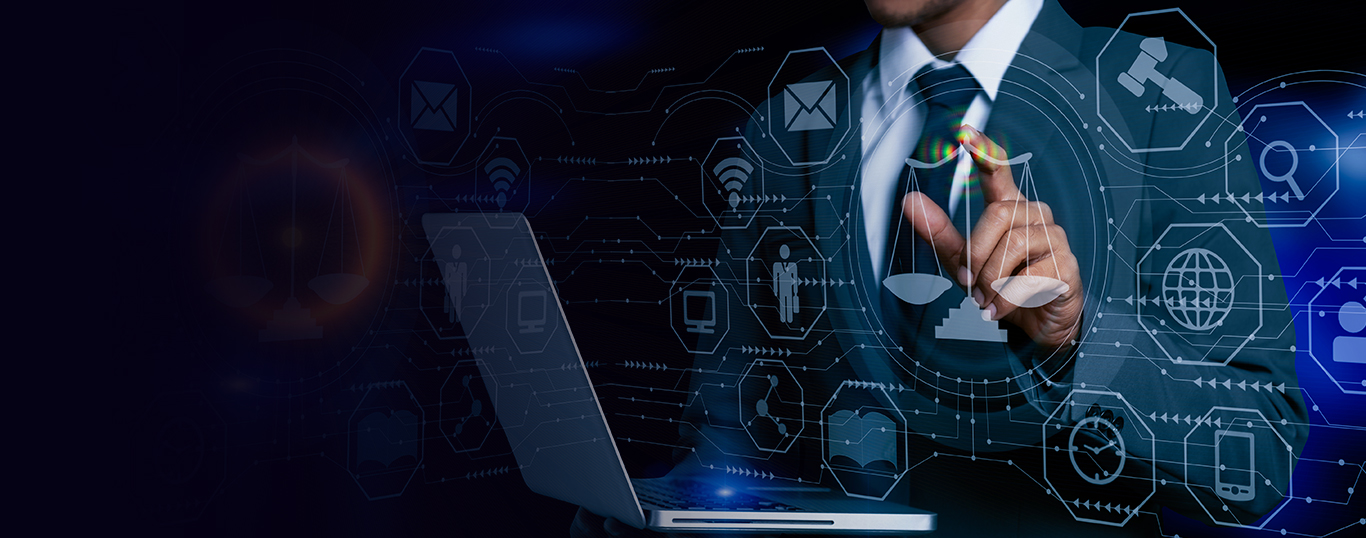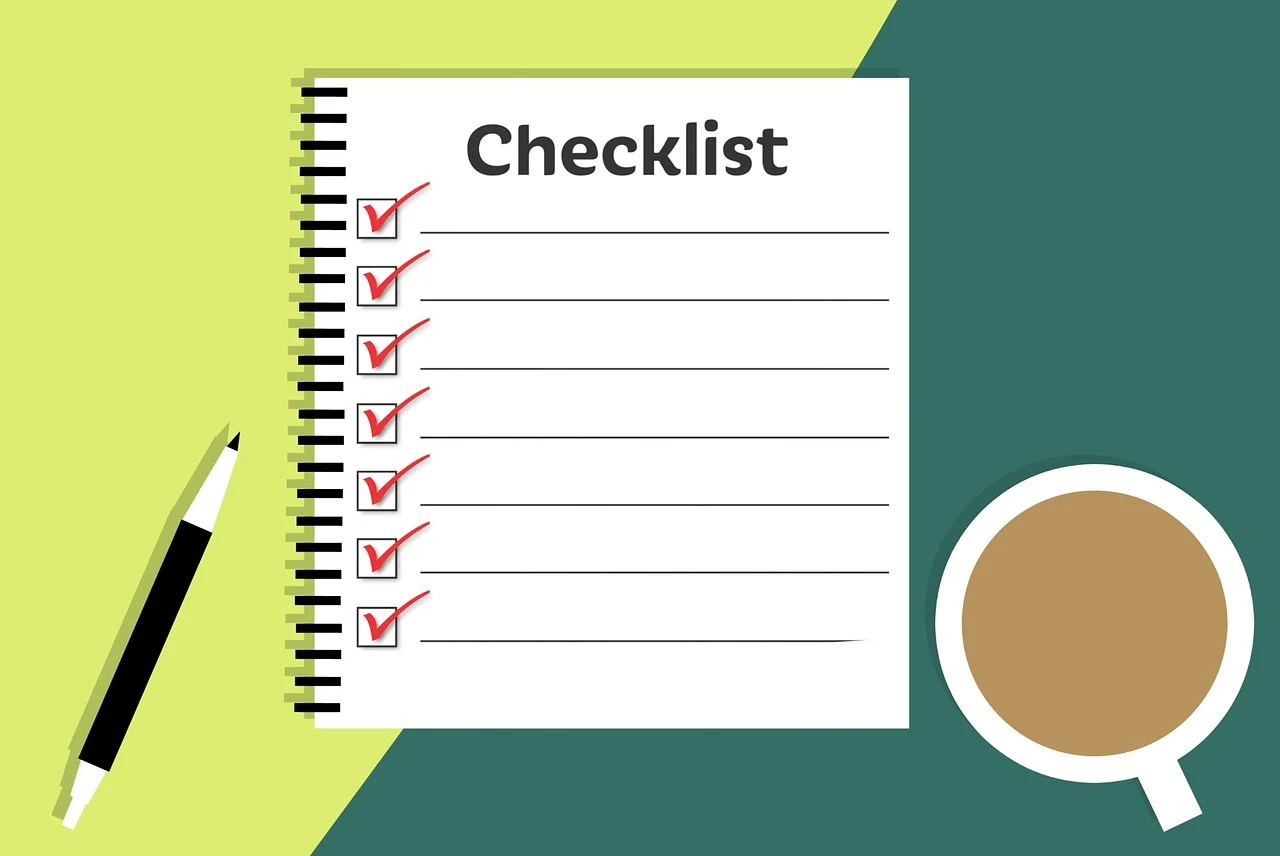Building Trust Through Strong Cybersecurity: How Black Watch Security Supports SMEs
In today’s digital landscape, businesses of all sizes face constant challenges in maintaining their cybersecurity resilience and ensuring a strong business security posture. These two elements are no longer optional but essential for survival, especially for small and medium-sized enterprises (SMEs). At Black Watch Security, we understand that protecting your data, systems, and reputation requires more than just technology — it requires expertise, vigilance, and a culture of security.
Why Cybersecurity Resilience Matters
Cyber threats are growing more sophisticated every day. From phishing scams to ransomware attacks, SMEs are often targeted because criminals assume they lack advanced protections. By focusing on cybersecurity resilience, companies can prepare not only to prevent attacks but also to respond quickly and recover effectively if an incident occurs. This approach builds customer trust and ensures continuity even when unexpected events strike.
Legal and Regulatory Landscape
In the EU and Ireland, laws highlight how critical strong cybersecurity has become for businesses. The General Data Protection Regulation (GDPR) sets strict rules for how personal data must be secured, while the NIS2 Directive expands cybersecurity requirements for a wide range of organizations. Ireland has also been proactive in aligning with these standards, ensuring businesses operating here are both protected and accountable.
Failing to comply can lead to heavy fines and reputational damage, but more importantly, it exposes companies and their customers to avoidable risks. This is why strengthening your business security posture is more than a compliance exercise — it’s a strategic necessity.
The Value of Expert Guidance
While many SMEs recognize the importance of these regulations, implementing them effectively can be overwhelming. This is where seasoned consultants provide invaluable support. At Black Watch Security, our team combines global expertise with a deep understanding of SME challenges. We don’t just identify risks; we help you prioritize them, build actionable strategies, and foster a security-focused culture across your workforce.
Consultants translate complex technical findings into clear, practical steps for business leaders. This ensures your cybersecurity resilience strategy isn’t just a paper exercise, but a real, workable system that safeguards your operations day to day.
Looking Ahead
Cybersecurity is not static — threats evolve, and so must defenses. By adopting a proactive approach now, SMEs can protect their data, comply with regulations, and build long-term resilience. Black Watch Security is dedicated to helping businesses achieve exactly that: confidence, continuity, and peace of mind.
Final Thoughts
Building trust and resilience begins with understanding your current strengths and weaknesses. That’s why we offer a free conversation on your business security posture, no strings attached. This session allows you to explore how regulations like GDPR and NIS2 impact your company, where your biggest risks may lie, and what practical steps you can take to strengthen defenses. It is not about a sales pitch, but about empowering you with clarity and confidence.
At Black Watch Security, our mission is to give SMEs the same level of care and expertise that larger organizations rely on, while tailoring strategies to the realities of smaller teams and budgets. By partnering with experienced consultants, your business can build resilience, ensure compliance, and create a culture of security that lasts.
If you’d like to take the first step toward a stronger future, visit blackwatch.ie today to arrange your free conversation and begin shaping a safer tomorrow.



